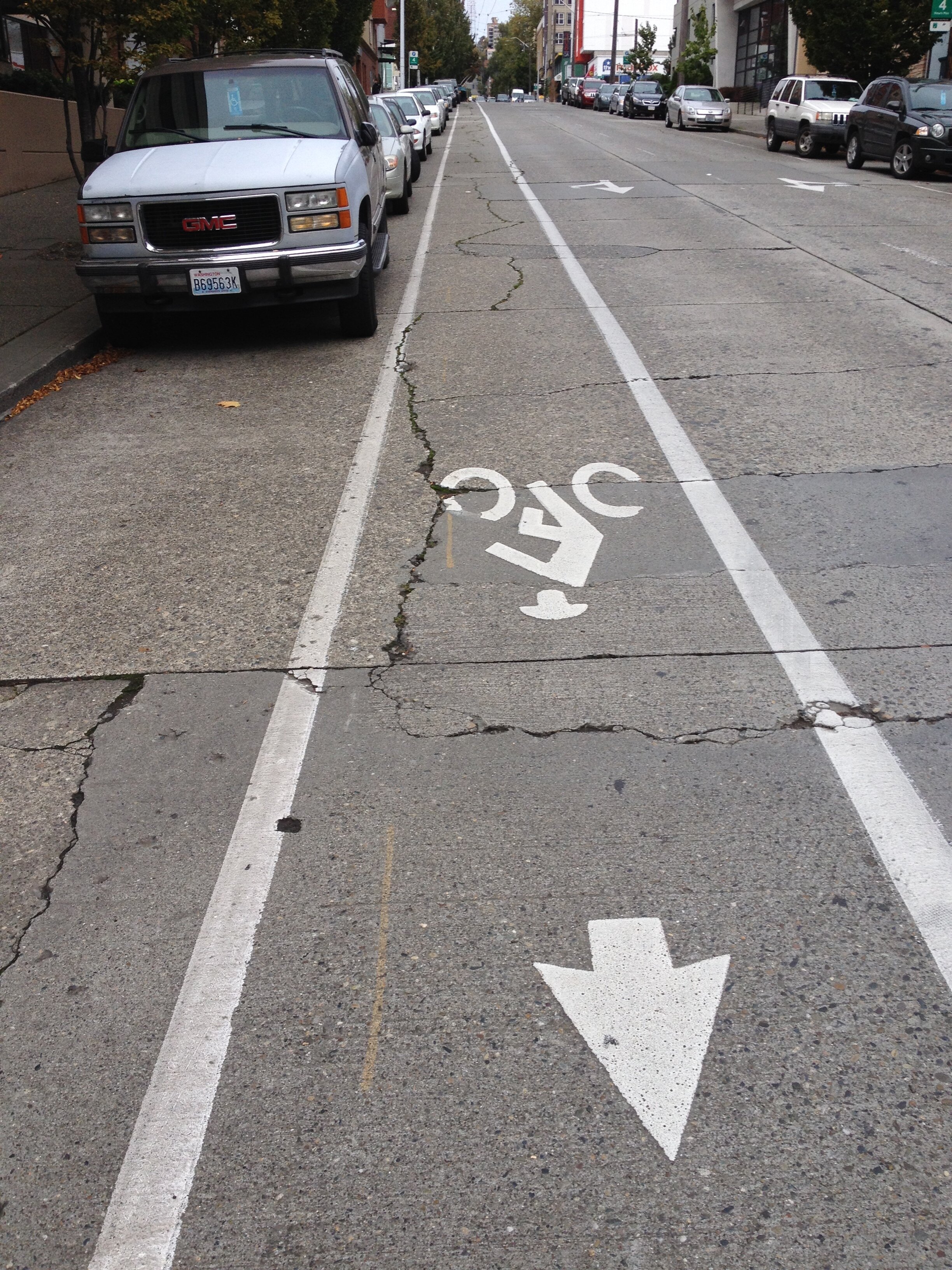
Today the Seattle Times reports that the City of Seattle proposes to allow electric scooters in bike lanes but not on sidewalks. (See https://www.seattletimes.com/seattle-news/transportation/scooters-would-be-allowed-in-bike-lanes-but-not-on-sidewalks-under-seattle-proposal/).
My friend asked me, why not just tell people, “You use an e-scooter at your own risk”? This is a good question. Well, you do, but only to some extent. Any form of transportation carries with it risks. You may be negligent and harm yourself. You expect that roads will not be perfect, even if reasonably safe.
The answer to the question is that we don’t live in a state where people must go without a remedy when harmed by another’s negligence. Someone else may be negligent and harm you. You expect the right to be compensated for injury someone else caused you. Government – the primary purpose of which is to promote the general welfare, with safety being a primary consideration – is not immune from being accountable for its decisions that endanger us. In fact, it has specifically waived its immunity.
Under Washington law, the state and its subdivisions (the City of Seattle included) have the legal duty to provide roads that are “reasonably safe for ordinary travel.” Here we have a situation where bike lanes are already dangerous – for bikes! The lines marking them paint over joints and cracks, making them less visible. They are full of sewer grates, gravel, old leaves and sticks, broken glass, nails, parts of crashed cars, and other garbage. The lanes run next to endless parked cars whose doors could open at any time. They are generally not physically separated from traffic that will be going much faster than bike lane traffic and frequently is in “hurry up” or even “road rage” mode.
Scooters have a lot going for them. They are super fun. Really, super fun. And more convenient than bikes in some ways. I’ve ridden them all around Everett and San Diego. They just don’t mix well with cars and bike lanes. A lot of the qualities that make them convenient make them dangerous in motorized traffic and on motorways. They are less visible than bikes by far. They have small, narrow wheels that are much more easily disrupted by pavement defects and hazards. The ergonomics of a scooter are not well suited to fine control or recovery from a slight, unexpected deviation of the wheel, or “bobble”. Standing sideways on a narrow board is an awkward way to absorb and manage a rough road. It’s very hard to look anywhere other than straight ahead and so hard to get the “big picture” we learned in driver’s ed is so important to safe vehicle operation. The rental market has not yet figured out how to assure that people wear helmets and other useful protective gear, such as face shields, knee and/or elbow pads and wrist guards when riding them. Rental companies generally don’t publish the applicable traffic rules. People ride without knowing the scooter laws or even where to find them.
It’s great that the scooter companies are supposed to “indemnify” the City from claims. But if the City is recommending larger wheels and seats, it knows that its bike lanes are dangerous. It knows there will be suits against it because of its decision to allow scooters in these hazardous corridors. Shouldn’t it be focused on creating safe infrastructure first, and worry later about where to park the darned things and how to cover its butt from having to pay for the injuries it had a legal duty to prevent?
For cases involving bicycles or scooters contact Dan here.